12" ductwork for hood?
pittsburrito
4 years ago
last modified: 4 years ago
Featured Answer
Comments (66)
kaseki
4 years agokaseki
4 years agoRelated Discussions
Installing a KOBE range hood. 6' or 7' ductwork???
Comments (4)Circular cross section is smoother (and therefore more effective and quieter) than rectangular. Plus your 7" circular cross sectional area is bigger (rectangular cross section area is 3.5x10=35" whereas your 7" diameter circular cross section area is 3.5x3.5x3.14=38"). Go for the circular 7" one if you can....See MoreDoable?--build soffit in adjoining room to hide range hood ductwork
Comments (20)julieste --- Adding to what kaseki said, the hood & soffit idea will be fine. I say this having had to do something similar in my 110 y.o. house. I do a lot of cooking. The set-up looks acceptable and works well enough. Of course, my "good-enough" solution was not the best possible venting set-up I could have had. Some here would say (and do say) that the "merely good" is the enemy of "the best" and only the most optimal will do. Others of us will say that, If you have the the time, interest and budget for "the best possible," have at it. For me, the best possible venting solution would have required reconstructing the back end of my old house. "Good enough" was what I had the time, interest and money for. I'll offer a couple of ideas you could consider in designing your project. One is to consider transitioning the ducting (at the kitchen-den wall) to run across the den ceiling in 3"x10" rectangular ducting. That could make for a shallower, less obtrusive-looking soffit. A second idea to consider might be recessing some shallow LED "can" lights in the soffit as that end of your den looks rather dim in the photo above (although that might be an artifact of the photo.) Maybe hang a couple more paintings at that end of the room. That could make a functional necessity look like an aesthetic design choice. Of course, some find recessed lighting and soffits to be aesthetically abhorrent. YMMV. An alternative to the soffit-and-vent design might be one of the Vent--a-Hood ARS units. (ARS stands for "air recovery system.") These seem to be one recirculating hood system that actually works reasonably well. These are expensive but might be less expensive that the cost of the soffited vent system you are considering. If interested, check out the thread "Vent-A-Hood Ductless ARS RANGE hood Update" which started here a decade ago and was still getting posts a month or so ago....See MoreRange hood ductwork questions
Comments (7)1 - The duct near the cap s/b insulated to reduce/prevent condensation (assuming you live somewhere where it gets cold). It will get cold when the hood isn't running. 2 - We did. 3 - Foil tape 4 - YES. Screws + Foil tape. 5 - The blower, silencer and any nearby duct should not directly touch any framing members. They should be hung/supported by chain or perf strap. FWIW, in ours the hood is hung by chain and all duct and attachments are supported by chain or strap until the roof and that is the first point where anything touches the structure....See Moreductwork for island downdraft hood
Comments (2)I have no idea what does the install instructions say and if you want help here we need pictures of the issue. You do know this ducting has to go to the outside of the house ? This goes behind the cooktop so I have no idea how it has any effect on the drawer since that needed to be designed to handle the downdraft...See Morekaseki
4 years agokaseki
4 years agopittsburrito
4 years agokaseki
4 years agopittsburrito
4 years agokaseki
4 years agopittsburrito
4 years agoopaone
4 years agolast modified: 4 years agoopaone
4 years agolast modified: 4 years agopittsburrito
4 years agokaseki
4 years agopittsburrito
4 years agolast modified: 4 years agokaseki
4 years agopittsburrito
4 years agolast modified: 4 years agoJeffrey R. Grenz, General Contractor
4 years agoopaone
4 years agolast modified: 4 years agokaseki
4 years agoJeffrey R. Grenz, General Contractor
4 years agopittsburrito
4 years agolast modified: 4 years agoopaone
4 years agolast modified: 4 years agokaseki
4 years agolast modified: 4 years agopittsburrito
4 years agokaseki
4 years agoopaone
4 years agokaseki
4 years agokaseki
4 years agopittsburrito
4 years agopittsburrito
4 years agoJeffrey R. Grenz, General Contractor
4 years agokaseki
4 years agokaseki
4 years agopittsburrito
4 years agokaseki
4 years agopittsburrito
4 years agokaseki
4 years agopittsburrito
4 years agokaseki
4 years agopittsburrito
4 years agolast modified: 4 years agoopaone
4 years agolast modified: 4 years agokaseki
4 years agokaseki
4 years agopittsburrito
4 years agolast modified: 4 years agokaseki
4 years agoopaone
4 years agolast modified: 4 years agokaseki
4 years agolast modified: 4 years agokaseki
4 years agopittsburrito
4 years agolast modified: 4 years agokaseki
4 years ago
Related Stories
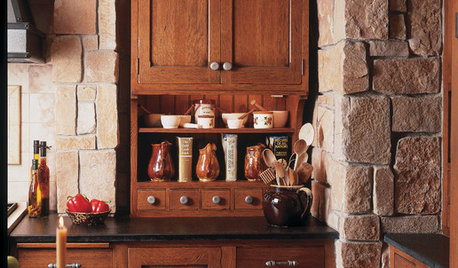
KITCHEN DESIGN12 Design Features That Bring Spanish Flavor to a Kitchen
Cook up a fresh take on old-world style in your kitchen with these ideas for mixing in Spanish-style materials and architectural details
Full Story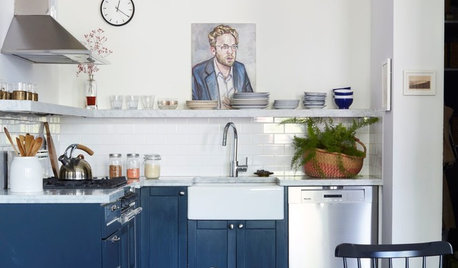
SMALL KITCHENS12 Ways to Make Your Kitchen Look and Feel Bigger
Try these clever design moves to get more storage and create a roomier feel
Full Story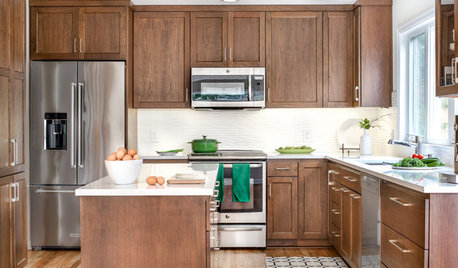
NEW THIS WEEK12 Kitchens That Wow With Wood Cabinets
Consider one of these dynamic kitchen cabinet designs to add warmth, texture and nuance
Full Story
KITCHEN DESIGNHow to Choose the Right Hood Fan for Your Kitchen
Keep your kitchen clean and your home's air fresh by understanding all the options for ventilating via a hood fan
Full Story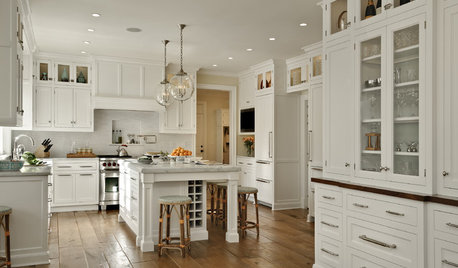
KITCHEN DESIGNDream Spaces: 12 Beautiful White Kitchens
Snowy cabinets and walls speak to a certain elegance, while marble counters whisper of luxury
Full Story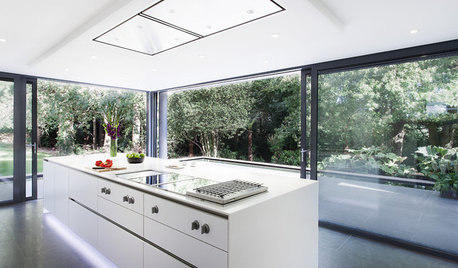
KITCHEN APPLIANCESDisappearing Range Hoods: A New Trend?
Concealed exhaust fans cut visual clutter in the kitchen
Full Story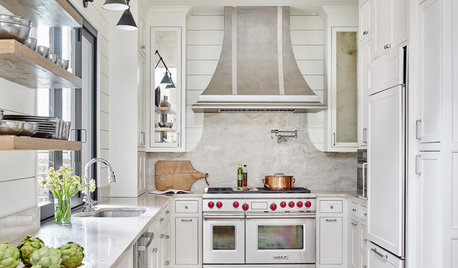
KITCHEN APPLIANCESHouzz Call: Show Us Your Creative Range Hood
Have you customized your kitchen’s range hood? Please tell us all about it
Full Story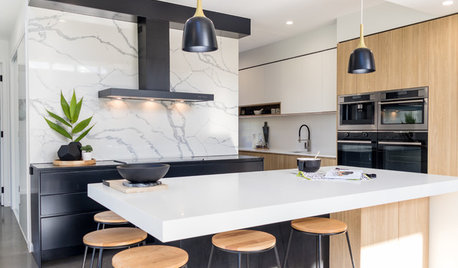
KITCHEN DESIGNHow to Get Your Range Hood Right
Get a handle on the technical specs, and then learn about fun design options for creating a beautiful kitchen feature
Full Story
FEEL-GOOD HOME12 Very Useful Things I've Learned From Designers
These simple ideas can make life at home more efficient and enjoyable
Full Story


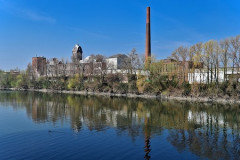



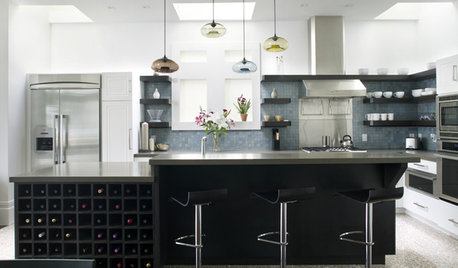
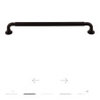

pittsburritoOriginal Author